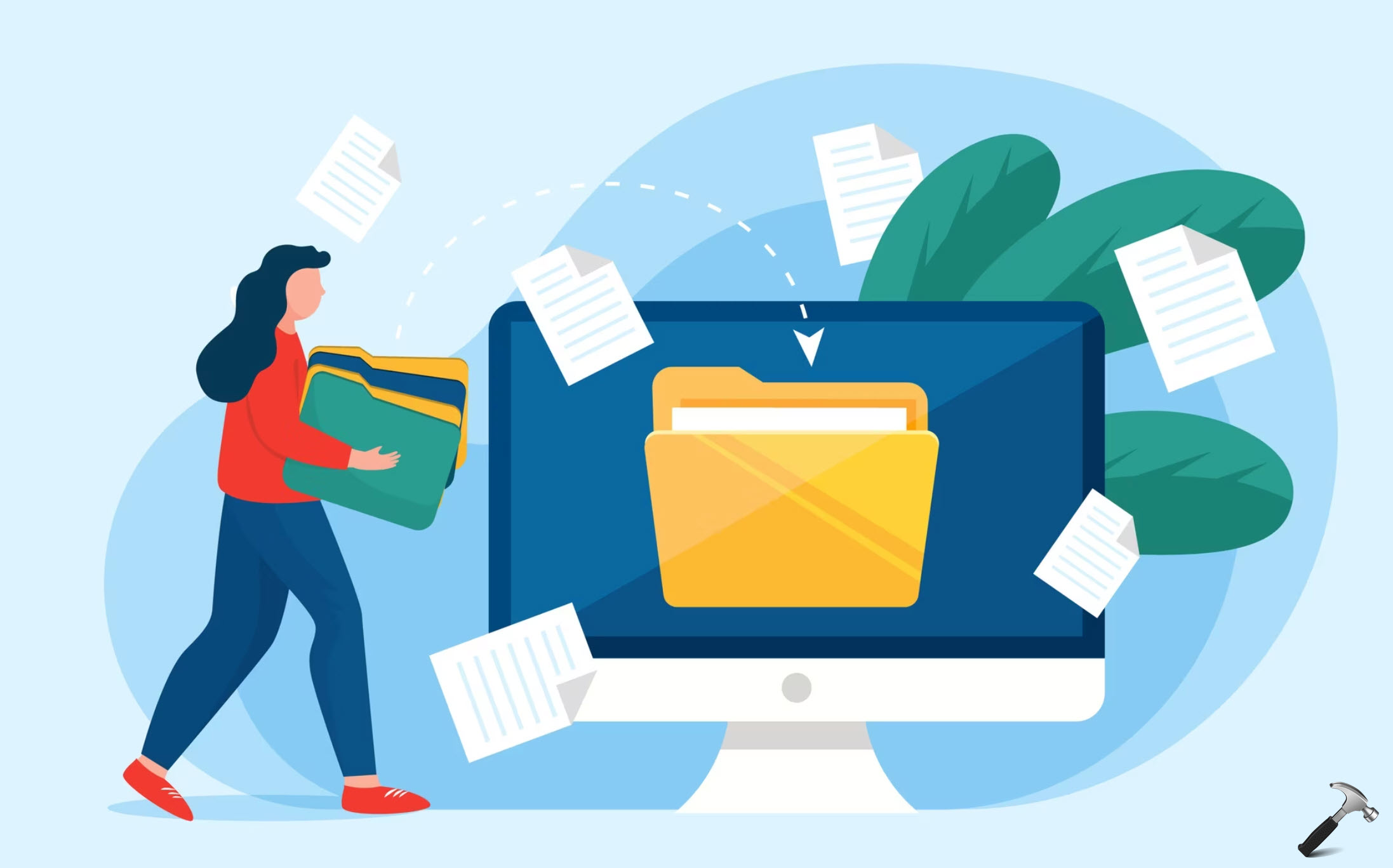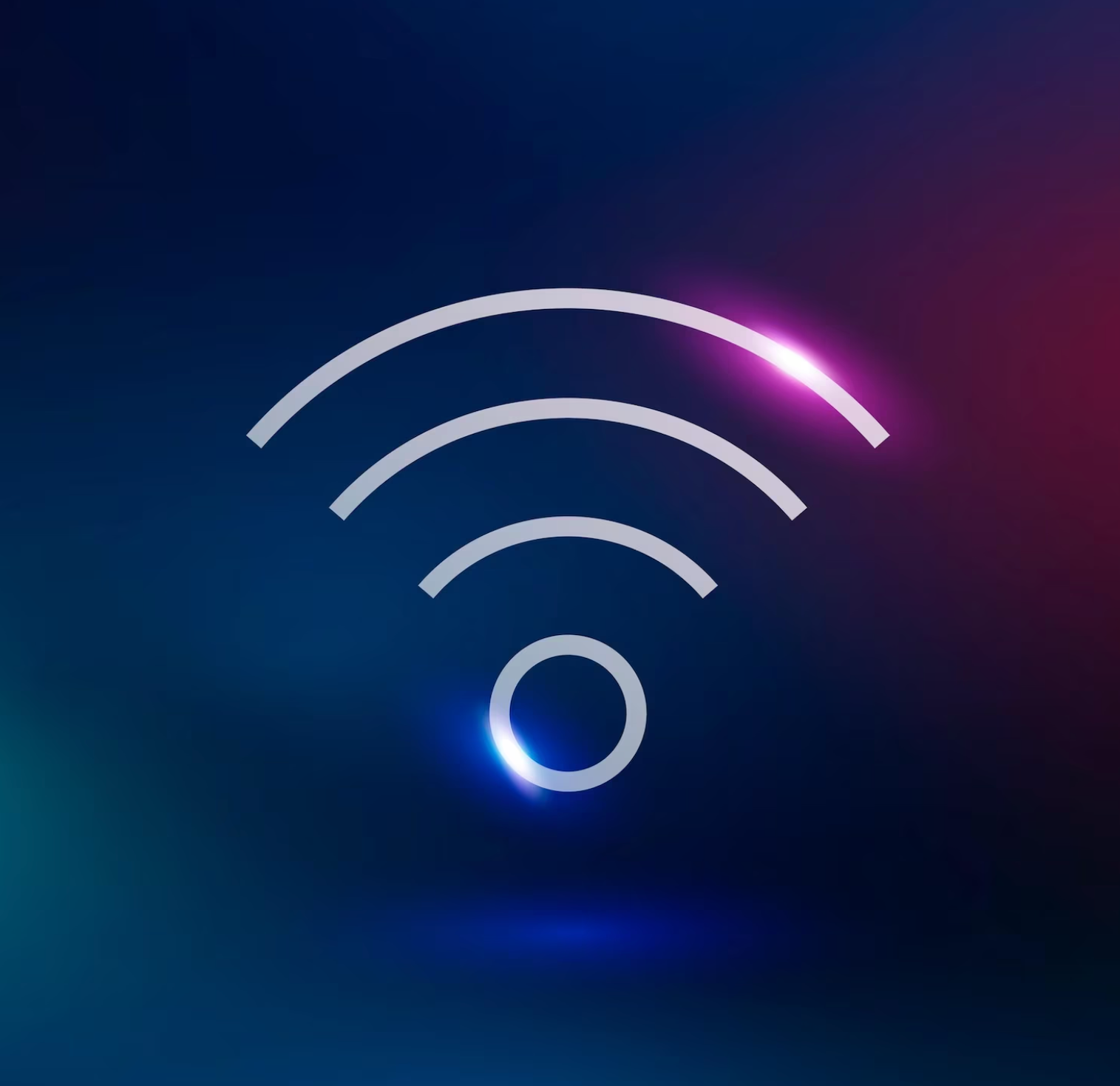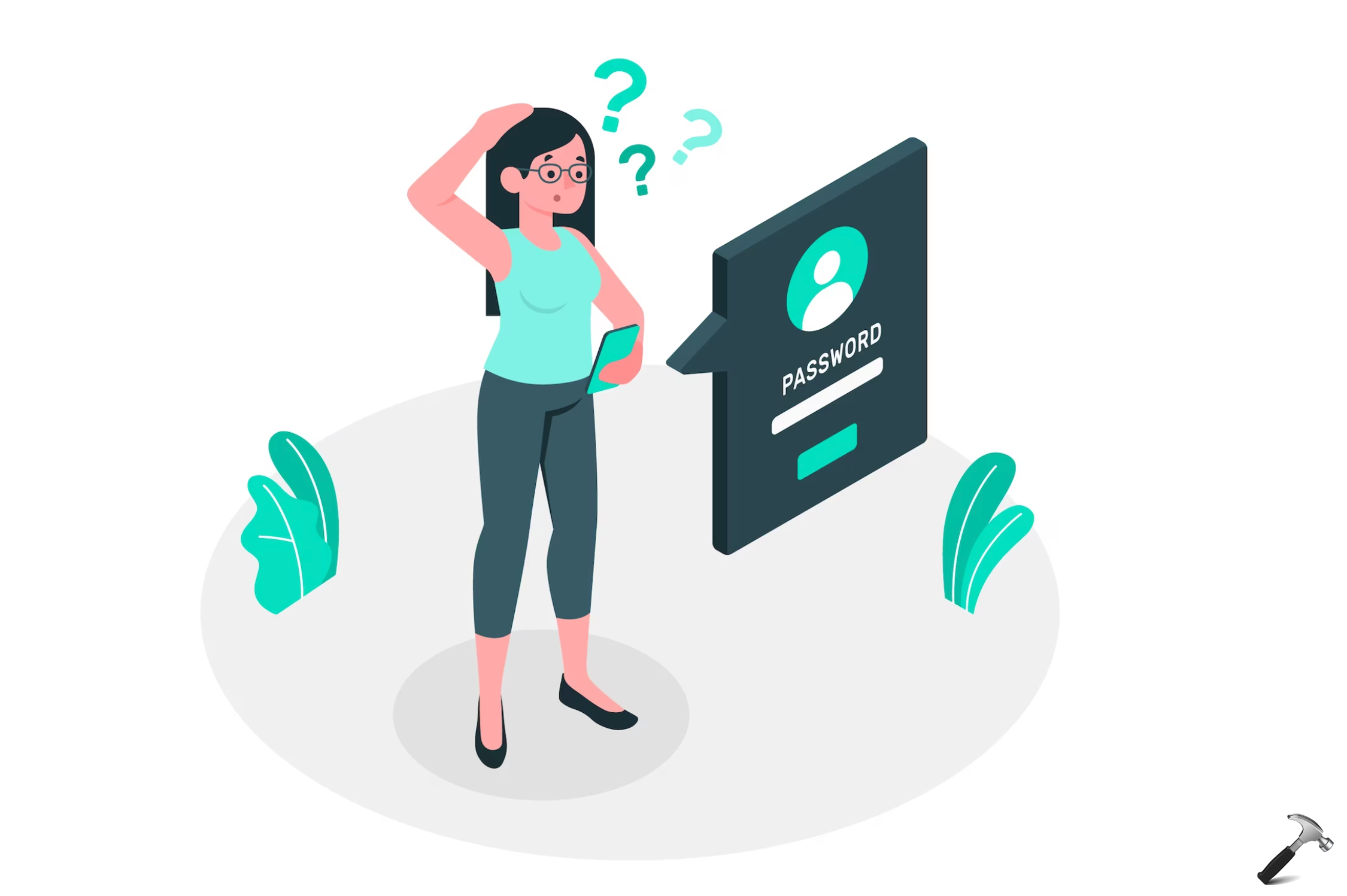UPDATE : Read about Windows 10 Upgrading Queries here.
It has been long time since release of Windows 8, but users are still confused that how do they make Windows 8 working on their device like previous Windows OS’s. Some says they stuck at Upgrade Assistant, others at downloading ISO, while some others are issued with activation.

FAQs : Windows 8 Upgrading Queries
In this article, I’m going to answers some frequently asked questions regarding up-gradation to Windows 8 using native methods. So here we go…
Q.1 I want to upgrade to Windows 8 but the things is I’ve heard something about problems and bugs after upgrading instead of doing a clean install? Of course I want to keep my files and my software (MS Office 2010 in particular, that costs money you know) which is why I definitely would prefer upgrading, but I don’t want an OS the doesn’t work as well as it could.
Solution : It’s true that a clean install is best. An upgrade install has worked just fine for many, and has also not worked so well with others. This is most likely due to incompatibility issues from something in the previous OS, or the anti-virus program may have interfered with installation. I would recommend to do the upgrade using Windows 8 Upgrade Assistant, about which you can read more or download it using following link:
Download Windows 8 Upgrade Assistant
Q.2 When you do upgrade, what will happen to Windows 7? Will it be removed or will I have unnecessary system files here and there taking up my HDD space? I don’t really want to waste space on my hard drive.
Solution : All compatible programs and drivers will be kept in Windows 8, but Windows 7 will be placed into the C:\Windows.old folder. Once you make sure that there’s nothing in it you want, you can delete it to regain the HDD space it’s using.
Q.3 Okay, so basically I’ll have access to my old system until I decide there’s nothing more I need from it? I do have backups of all my personal files.
Solution : To the files in the Windows.old folder only. You will not be able to boot into Windows 7 from the Windows.old folder.
Q.4 Windows 7 came with my laptop, is it possible to go back to Windows 7 should I suddenly have the desire to do so? I don’t have a physical copy of Windows 7. What if I did a system backup of Windows 7, then I would be able to go back and forth?
Solution : You should create a set of factory recovery discs for your laptop before upgrading to Windows 8. These will be your backup to be able to reinstall Windows 7 back to factory conditions if the recovery partition should fail to be able to.
Q.5 Does Windows 8 come with a single license so you can do ONE install only or can you install it as often as you like on the same machine?
Solution : Windows 8 comes with only on product key (license) that can only be activated on ONE computer at the same time. If you want to activate another computer with it, then it must be uninstalled from any other computer first.
Q.6 But I will in fact be able to uninstall Windows 8 and install it again either on another machine or on the same machine as much as I would like? (Not like I’m going to shift OS every day, but I like the option).
Solution : Yes, you will be able install Windows 8 on any computer you like so long as it’s not installed on any other computer as well.
Q.7 Will I have to update my hardware drivers myself or will the OS help me doing that? I have updated my GPU driver before but never my CPU, motherboard and what else you need. Anything I should be aware of?
Solution : Windows 8 will usually either have generic drivers that may work, or can sometimes download drivers though Windows Update. There’s no guarantee that drivers will be found for all devices though.
It would be best to go to your laptop manufacturer’s driver download site to see what is available for Windows 8, and already have the driver installation files downloaded and handy to install after Windows 8 is finished installing in case you may need them. Especially if you may need to install the network driver before having access to the internet.
Q.8 I’ve always been told that it’s best to download the latest drivers from the actual hardware manufacturer? However, I will have to prepare this before updating the OS? What drivers beside the GPU and CPU are we talking about?
Solution : Usually it’s best to get the drivers from the device manufacturer, but for a laptop, it would be best to get them from the laptop manufacturer instead since laptops usually require specific driver versions for that specific laptop model that may not be the same from the device manufacturer.
Q.9 My computer specifications are given below. Can I install Windows 8 on it?
- Product Name : ASUS U30Jc
- Processors : Intel(R) Core(TM) i5 CPU M 450 @ 2.50GHz
- Graphics : Intel(R) HD Graphics and NVIDIA GeForce 310M (Optimus Technology)
- ODD : Slimtype DVD
- Ram : DIMMO : 2.00 GB
- Hard Disk : 500 GB
Solution : This configuration seems OK. If you want to run Windows 8 on your PC, here’s what it takes:
- Processor: 1 gigahertz (GHz) or faster with support for PAE, NX, and SSE2
- RAM: 1 gigabyte (GB) (32-bit) or 2 GB (64-bit)
- Hard disk space: 16 GB (32-bit) or 20 GB (64-bit)
- Graphics card: Microsoft DirectX 9 graphics device with WDDM driver
Q.10 I activated Windows 8 via phone. I gave them the 9 groups of digits and activated successfully. How do I find out my product key? I’m trying to “Add features to Windows 8”.
Solution : The numbers that you gave Microsoft to activate Windows 8 was a product ID number, generated by Windows after a license key was entered.
The 25 character license key is included with the confirmation email, if you bought Windows 8 by download. If you have a retail package, it’s on the COA (certificate of authenticity). Make sure that you keep a safe copy of that code. It contains the whole value of the Windows license.
Q.11 Is it possible to use the Windows 8 Pro product key that you buy at the store (or via download) to install Windows 8 using the MSDN ISO onto a clean hard disk?
Solution : The legality really onto comes into play on obtaining the license itself. There is nothing “technically” illegal with using the ISO itself. As long as you obtain a key legally, from a legal standpoint I think it’s just fine.
Q.12 What’s the difference between the upgrade offered for £14.99 UK pounds offered with computers less than 1year old or less and the normal £25 upgrade version.
Based on versions bought via the upgrade assistant online, are they all the same download size ?
Solution : It is my understanding that the Windows 8 Pro upgrade is for eligible purchases of Windows 7 machines to upgrade to Windows 8 Pro. The Windows 8 Pro pack is to upgrade machines that came with Windows 8 DP/CP/RP to Pro version. Size may slightly different.
At retails, you’ll see:
- Windows 8 Upgrade – Upgrade from XP,Vista, Windows 7
- Windows 8 Pro Upgrade – Upgrade from XP, Vista, Windows 7
- Windows 8 OEM – Which is the full version and can be used for personal use.
- Windows 8 Pro OEM – Which is the full version and can be used for personal use.
- Windows 8 Pro Upgrade Package – Which upgrades from Windows 8 to Windows 8 Pro w/Media Center
Q.13 If I do a Windows 8 clean install on a HD, will it recognize the files on a different HD that I put on there with with Windows 7, or do I have to put Windows 7 back on and upgrade?
Solution : Yes.
Q.14 I chose to upgrade directly from Windows 7 using that upgrade assistance, now I want to make a backup DVD for that just in case I need to do a fresh installation later, the problem is where do i find the installation files?
Solution : You can get them by going to C: drive, expand the ribbon in Explorer, click View, tick Hidden and you can view the ESD folder, you could make yourself an .iso image using those files.
Alternatively, there is a pile of files on the desktop with an .exe that you can re-run and choose to make an ISO file during that process.
Q.15 I have a licensed copy of Windows XP sitting in a box. It’s not currently installed on any computers. Does this qualify me for the Windows 8 Pro Upgrade license? If so, how do I go about downloading a Windows 8 upgrade? My computer doesn’t have a CD drive, so I’d prefer to download Windows. However, if that’s not an option, I can buy a CD and use a friend’s computer to transfer the software onto a USB drive. My computer is currently running Ubuntu Linux, and I’d like to add a Windows partition for dual boot, ideally without having to install my ancient copy of Windows XP first.
Is it still considered an “upgrade” if the old software is not installed on the computer, provided that I have a properly licensed copy of Windows XP?
Solution : When Windows installer looks on your HD for a proper licensed copy of Windows, it wont find one, so no, you cant install an upgrade version of Windows 8.
That’s it for now guys! If you still have queries, then drop them via comments. We’re happy to help you!
![KapilArya.com is a Windows troubleshooting & how to tutorials blog from Kapil Arya [Microsoft MVP (Windows IT Pro)]. KapilArya.com](https://images.kapilarya.com/Logo1.svg)









![[Latest Windows 10 Update] What’s new in KB5055612? [Latest Windows 10 Update] What’s new in KB5055612?](https://www.kapilarya.com/assets/Windows10-Update.png)


5 Comments
Add your comment
Thanks for the awesome article Kapil, really helpful :)
how can I upgrade a system purchased after 2 june this year in just 699 . Im from India. plz help
Thanks for yet another clean article kapil Arya
I purchased windows eight frpm microsoft for my computer thinking i could use it also use it in my laptop but dont seem to be able to do this im sure it said i could
^^ Ref. Q.5 :)